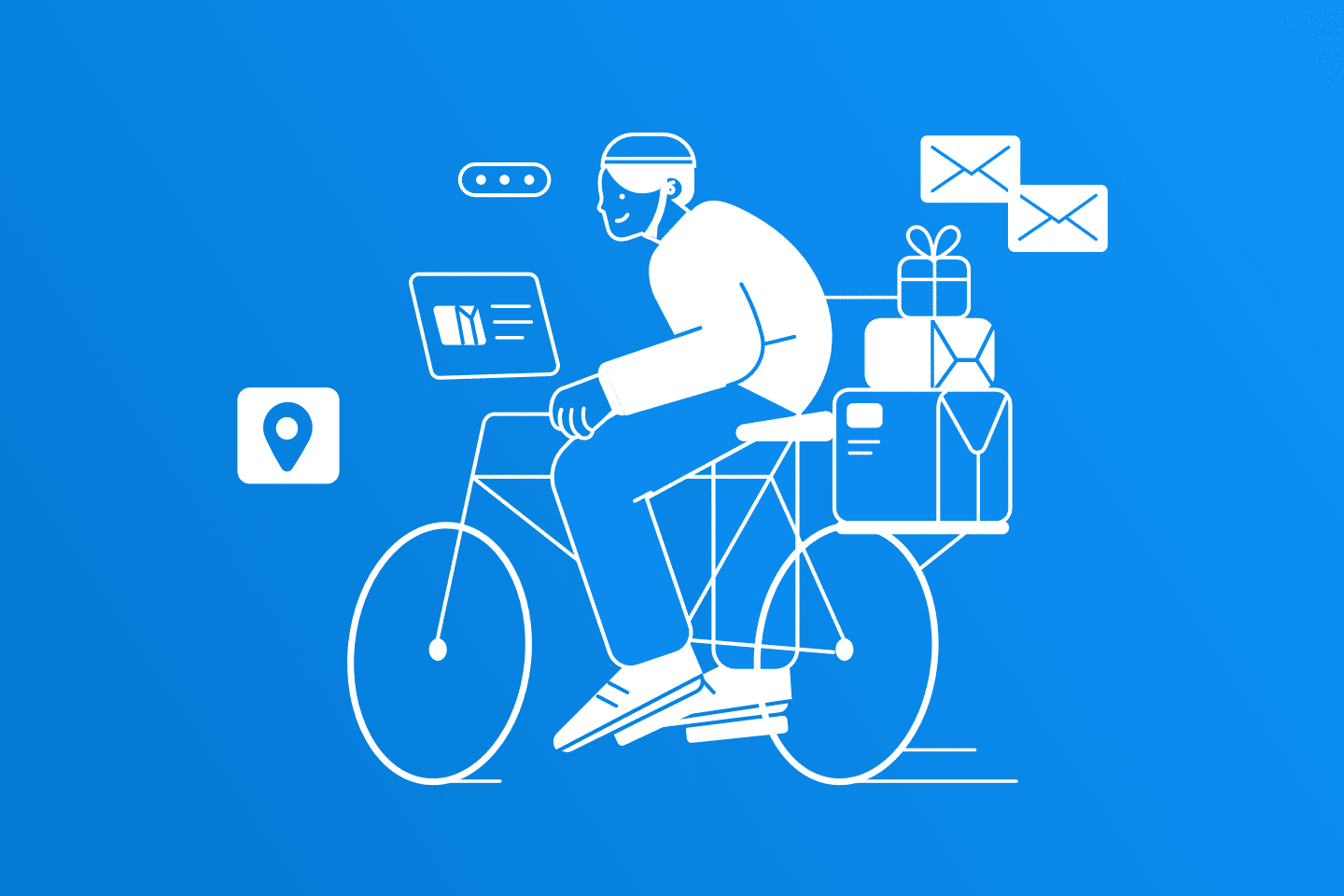The post-purchase experience is just as important as the pre-purchase experience. Online shoppers are usually excited to receive an email confirming that their order has been shipped already. And up until that message arrives in their inbox, they are deeply connected to their purchase. That window of time is a great opportunity to optimize your post-purchase flow so you can further strengthen your relationships with them and possibly even upsell or cross-sell a few products.
The post-purchase flow can be via email marketing, customer support, and more—anything to ensure customers remain loyal to your brand. No secret recipe will guarantee customer retention, but curating the strategies that work best for your business will help you gauge the efficacy of each technique.
1. Organize your orders for a smooth post-purchase experience
Shopify store owners want to develop a robust end-to-end management system using the power of automation. After all, this saves them countless hours of manual labour. One tool to help streamline order management tasks is ShopCircle app Order Tagger, which allows you to generate auto tags for adding, removing, delaying, or backdating orders, as well as automate actions depending on the tags.
In a case study, Darts Farm owner Michael Still said about Order Tagger:
“Using the tag-based approach, we were able to identify a whole range of factors about orders. The key was the delivery date the customer had chosen, but the fact that we could also identify whether it was a hamper order or a grocery order and if there were any items in the order that required special treatment – there was a myriad of flexible options in Order Tagger.”
All eCommerce businesses should implement an order management system (OMS) to track the many moving bits and pieces of daily transactions. From tracking stock levels, combining order data from multiple channels, and coordinating deliveries with third-party providers, to delivering orders to the consumer efficiently, layering a strong OMS onto the business will give store owners peace of mind knowing their orders are in good hands.
2. Prioritize customer service
Any seamless post-purchase flow should integrate the importance of customer service. Around 96% of consumers say customer service is an important factor in brand loyalty. Additionally, 89% of consumers note that they switched to a competitor because of poor customer service.
Once an order is on the way to the customer, Shopify store owners can be proactive with their messaging around customer service.
For example, you can send emails focused on asking for feedback and explaining how their insight will improve the transaction and checkout process in the future. If they recognize their input can be directly responsible for improvements to service, they’ll feel more encouraged to share their feedback.
Consider adding live agents and live chat to customer service channels. Adding live agents to a brand can induce higher profits due to higher customer satisfaction. This will then result in increased retention, leading to cost reductions and less time spent in managing these systems.
Getting ahead of customers by asking them questions about their orders or seeking to solve a problem before it arises “will leave a strong impression in their mind, despite the fact that they have a problem,” as this article notes.
3. Add email and SMS messaging strategies
Once customers buy your products or services, it’s time to leverage the strength of your messaging campaigns. You can walk new customers through your brand story, provide useful guides or informational materials, and in general, improve your recipient’s experience with your products.
Post-purchase messaging guidelines should be:
- Tailored to each customer’s specific needs.
- Varied in format (emails, SMS messaging, social media interactions).
- Genuine and include photos, messages, and videos from your leadership and customer support teams.
- Provide information on brand mission and values.
Steering buyers to customer service and support desks can also be a strong post-purchase strategy, though brands will benefit from ensuring their framework in this area is resilient and fully staffed. Outsourcing customer service support could be viable for your store. With a relatively low lift, you could build, train, and manage dedicated teams of live chat agents, customer support agents, and recovery specialists to help scale your customer support channels through live chat, email, social media, voice, and SMS.
LTVPlus stresses in this blog post the importance of collecting customer emails in order to solidify that brand loyalty critical to your business. Sending newsletters to customers post-purchase can keep your brand top of mind as they await order delivery.
“….Get customers’ agreement to send them marketing emails—like a weekly newsletter with insights or valuable tips. That way, apart from updating customers on the industry news and trends, you can showcase your seasonal or special offers.”
While email marketing and social media marketing remain high on the list of post-purchase platforms to leverage, don’t neglect SMS.
Of consumers across all ages and earnings, 35% stated a preference for mobile contact post-purchase.
Here are some post-purchase SMS examples you can curate into your marketing campaigns:
- Order confirmation texts
- Shipping and order tracking notifications
- Delivery notifications
- Product tips
- FAQ sheets
- Feedback and survey requests
- Upsell opportunities
- Replenishment reminders for refillable products, are especially useful if you run a subscription business
- Automated subscription reminders
- Customer referral requests
Leverage motley tools for best results
It’s important to take advantage of that limbo time when your customers are eagerly waiting for their shipped orders to arrive. You can reveal to them more of who you are, your mission, what you value in the customer-brand relationship, and how they can further enjoy interacting with your brand both in the short, and long term.
Getting the most out of applicable tools will also help ease the technological challenges you face in driving those goals. By combining Order Tagger with LTVPlus’s customer support backbone, your brand will earn a competitive advantage powered by these innovative solutions.






